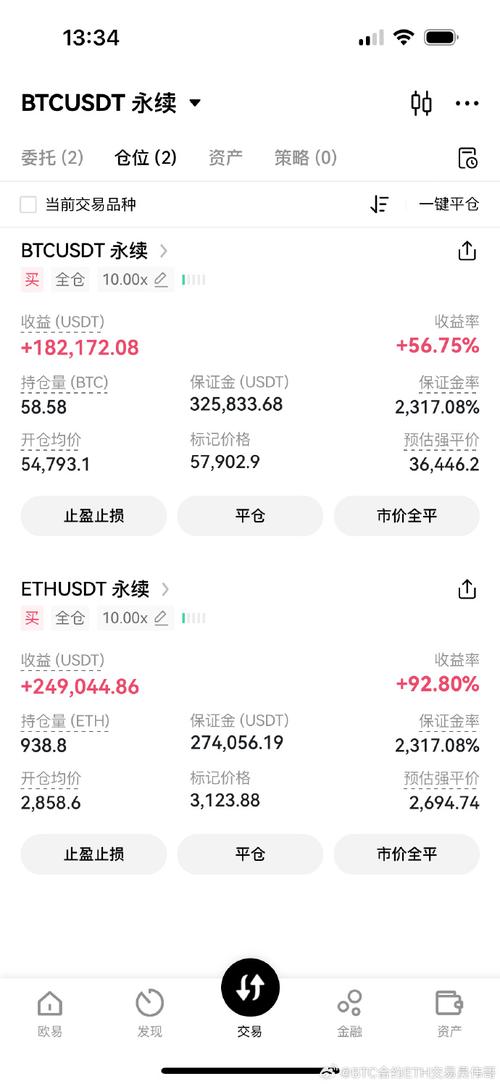Understanding the Approval Process of Ethereum ETFs: A Detailed Guide for You
Are you curious about the approval process for Ethereum ETFs? If so, you’ve come to the right place. In this article, we will delve into the intricacies of how Ethereum ETFs are approved, the factors that influence the process, and what it means for investors like you. Let’s get started.
What is an Ethereum ETF?
An Ethereum ETF, or Ethereum Exchange Traded Fund, is a financial product that tracks the price of Ethereum, a popular cryptocurrency. By investing in an ETF, you gain exposure to the price movements of Ethereum without having to actually own the cryptocurrency. This can be a convenient and secure way to invest in Ethereum, especially for those who are not comfortable with the complexities of buying and selling cryptocurrencies directly.

The Approval Process: A Step-by-Step Guide
Understanding the approval process for Ethereum ETFs involves looking at several key steps and considerations. Here’s a breakdown of what you need to know:
| Step | Description |
|---|---|
| 1. Proposal Submission | The ETF sponsor submits a proposal to the relevant regulatory authority, outlining the details of the ETF, including its investment strategy, risk management measures, and governance structure. |
| 2. Review by Regulatory Authority | The regulatory authority reviews the proposal to ensure it complies with applicable laws and regulations. This includes assessing the ETF’s structure, risk management, and potential market impact. |
| 3. Public Comment Period | After the initial review, the regulatory authority may open a public comment period, allowing interested parties to provide feedback on the proposal. |
| 4. Approval or Rejection | Based on the review and public comments, the regulatory authority decides whether to approve or reject the ETF proposal. |
It’s important to note that the approval process can vary depending on the regulatory authority and the specific ETF being proposed.
Factors Influencing Approval
Several factors can influence whether an Ethereum ETF is approved. Here are some key considerations:
-
Regulatory Compliance: The ETF must comply with all relevant laws and regulations, including those related to financial markets, investor protection, and anti-money laundering measures.

-
Market Impact: The regulatory authority will consider the potential impact of the ETF on the market, including its liquidity, market manipulation risks, and potential volatility.
-
Risk Management: The ETF sponsor must demonstrate robust risk management measures to protect investors from potential losses.
-
Investor Protection: The ETF must prioritize investor protection, ensuring that investors have access to clear and accurate information about the ETF’s investment strategy and risks.
The Role of the Sponsor
The sponsor of an Ethereum ETF plays a crucial role in the approval process. They are responsible for designing and managing the ETF, as well as ensuring that it complies with all regulatory requirements. Here are some key responsibilities of the sponsor:
-
Developing the Investment Strategy: The sponsor must develop a clear and well-defined investment strategy for the ETF, outlining how it will track the price of Ethereum.
-
Creating the ETF Structure: The sponsor must design the ETF’s structure, including its governance, risk management, and operational procedures.
-
Ensuring Compliance: The sponsor must ensure that the ETF complies with all applicable laws and regulations, and that it has robust risk management measures in place.
-
Marketing and Distribution: The sponsor is responsible for marketing and distributing the ETF to potential investors.
The Impact on Investors
The approval of an Ethereum ETF can have a significant impact on investors. Here are some key considerations:
-
Access to Ethereum: An ETF provides investors with a convenient and secure way to invest in Ethereum without the complexities of buying and selling cryptocurrencies directly.



